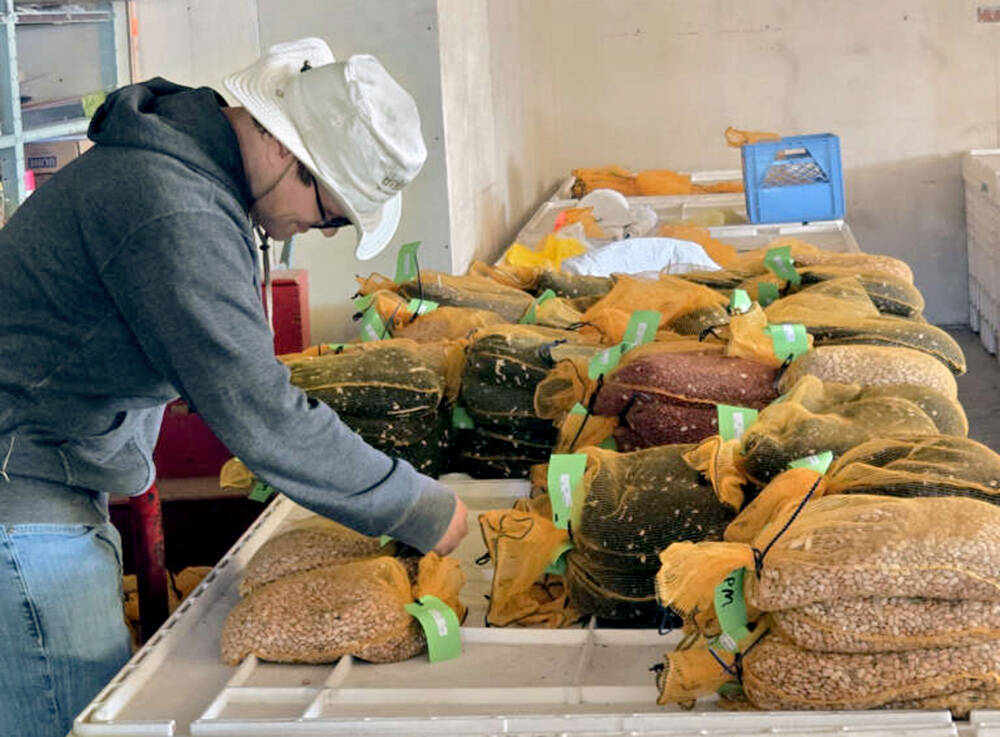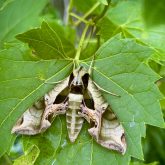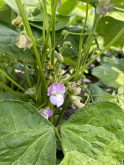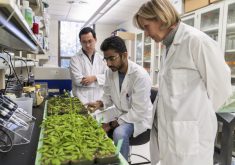A research program focused on genomics was front and centre at the recent summer meeting of the Agricultural Adaptation Council (AAC).
In 2019 the organization partnered with Ontario Genomics and Genome Canada to announce $3 million in funding for eight projects that would leverage genomics technologies in the agri-food sector.
“Each of the three partners contribute $1 million and AAC’s contribution came from our strategic initiatives fund, which is used for unique opportunities that will benefit the agri-food sector,” said AAC Executive Director Melanie DiReto in her presentation at the meeting.
Read Also

Bean research breeds community giving
University of Guelph dry bean researcher Dr. Mohsen Yoosefzadeh Najafabadi champions sustainability by donating surplus breeding program beans to support food security and community art initiatives.
Why it matters: Genomics is the study of genes, where many believe the solutions lie to the big-issue challenges facing the world today, like climate change and food security. It has particular potential when matched with emerging fields like automation, robotics and big data.
Projects involving precision fertility in dairy cattle, soybean and winter wheat yield improvement, drought stress reduction in crops, coccidiosis management in poultry, development of specialized yeasts for craft brewing, and cold tolerance in hazelnuts were funded through the Ontario Regional Priorities Partnership Program (ON-RP3).
Praveen Saxena is a professor of plant agriculture at the University of Guelph and director of the Gosling Institute for Plant Preservation. His research focuses on fundamental aspects of plant development and using new tools like micropropagation to accelerate plant breeding and save species that are dying due to disease or climate challenges.
With funding through ON-RP3 and in partnership with Ferrero Canada, the maker of Nutella hazelnut spread and Ferrero Rocher chocolates, he’s been working to introduce cold tolerance into Ontario hazelnut trees.
“Hazelnut trees have a very unique reproductive system where the male reproductive organs develop in the wintertime and if the temperatures are too cold, those male reproductive organs do not survive,” Saxena said.
“If we don’t do this type of research, we won’t be prepared for the sudden impact of climate change, and hazelnuts but also other plants like apples or cherries won’t be able to be grown in Ontario.”
According to Saxena, Ferrero imports about 12,000 tons of hazelnuts annually, representing a potential $30 million per year industry for Ontario.
Turkey is the world’s leading hazelnut producer, but increasingly hot temperatures and climate volatility are creating inconsistent yields and there is no global germplasm bank that could help breeders address those challenges of hazelnut production.
Saxena and his team have been working with hazelnuts for several years to learn as much as possible about how they grow and to preserve their genetic diversity by freezing hazelnut buds in liquid nitrogen to support future breeding programs.
“Hazelnuts very sensitive but it’s not the cold, it’s the fluctuation in temperature. When the temperature changes (rapidly), the plant is fooled,” Saxena said, adding that a steady winter snow cover — which has been on the decline in southern Ontario in recent years — and gradual melting of snow into the ground are also important for reproduction.
The most interesting finding so far for Saxena is the role of indoleamines — melatonin and serotonin — in direct plant development as a way of increasing tolerance against a variety of stressors, including cold.
His team is wrapping up analysis of results from a third year of hazelnut tree trials involving tryptophan, a precursor of serotonin and melatonin. The first two years have shown tryptophan to be effective at countering stress and improving tree growth and flowering.
Stressed trees in survival mode held back serotonin in copious amounts, resulting in little melatonin to modulate flowering. This means indoleamines can be used as biomarkers to identify responses to climatic conditions, and not just in hazelnuts but other species too.
“Giving serotonin to a plant is a no-no and too expensive, so let’s prepare the plant better instead of finding treatments so it can protect itself or reproduce,” he said, adding that applications of feed grade tryptophan are inexpensive and when combined with straw mulch, can provide a tangible solution to hazelnut production.












